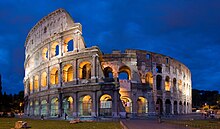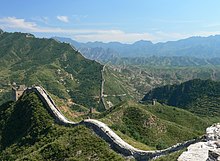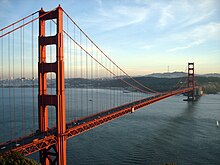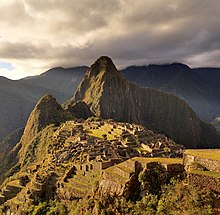
Statue of Zeus
In ancient times the Greeks held one of their most important festivals, The Olympic Games, in honour of the King of their gods, Zeus. Like our modern Olympics, athletes travelled from distant lands, including Asia Minor, Syria, Egypt and Sicily, to compete in the games. The Olympics were first started in 776 B.C. and held at a shrine to Zeus located on the western coast of Greece in a region called Peloponnesus. The games, held every four years, helped to unify the Greek city-states. Sacred truce was declared during the games and wars were stopped. Safe passage was given to all travelling to the site, called Olympia, for the season of the games.
The site consisted of a stadium (for the games) and a sacred grove, or Altis, where temples were located. The shrine to Zeus was simple in the early years, but as time went by and the games increased in importance, it became obvious that a new, larger temple, one worthy of the King of the gods, was needed. Between 470 and 460 B.C., construction on a new temple was started.
The designer was Libon of Elis and his masterpiece, The Temple of Zeus, was completed in 456 B.C.. This temple followed a design used on many large Grecian temples. It was similar to the Parthenon in Athens and the Temple of Artemis in Ephesus. The temple was built on a raised, rectangular platform. Thirteen large columns supported the roof along the sides and six supported it on each end. A gently-peaked roof topped the building. The triangles, or "pediments," created by the sloped roof at the ends of the building were filled with sculpture. Under the pediments, just above the columns, was more sculpture depicting the twelve labours of Heracles, six on each end.
Though the temple was considered one of the best examples of the Doric design because of its style and the quality of the workmanship, it was decided the temple alone was too simple to be worthy of the King of the gods. To remedy this, a statue was commissioned for the interior- a magnificent statue of Zeus that would become one of the Seven Wonders of the Ancient World.
The sculptor chosen for this great task was a man named Phidias. He had already rendered a forty-foot high statue of the goddess Athena for the Parthenon in Athens and had also done much of the sculpture on the exterior of that temple. After his work in Athens was done, Phidias travelled to Olympia to start on what was considered his best work, the statue of Zeus. On arriving he set up a workshop to the west of the temple.
The first archaeological work on the Olympia site was done by a group of French scientists in 1829. They were able to locate the outlines of the temple and found fragments of the sculpture showing the labours of Heracles. These pieces were shipped to Paris where they are still on display today at the Louvre. The next expedition came from Germany in 1875 worked at Olympia for five summers. Over that period they were able to map out most of the buildings there, discovered more fragments of the temple's sculpture, and located the remains of the pool in the floor that contained the oil for the statue.
In the 1950's an excavation uncovered the workshop of Phidias which was discovered beneath an early Christian Church. Archaeologists found sculptor's tools, a pit for casting bronze, clay moulds, modelling plaster and even a portion of one of the elephant's tusks which had supplied the ivory for the statue. Many of the clay moulds, which had been used to shape the gold plates, bore serial numbers which must have been used to show the place of the plates in the design.
Today the stadium at the site has been restored. Little is left of the temple, though, except a few columns. Of the statue, which was perhaps the most wonderful work at Olympia, all is now gone.




















